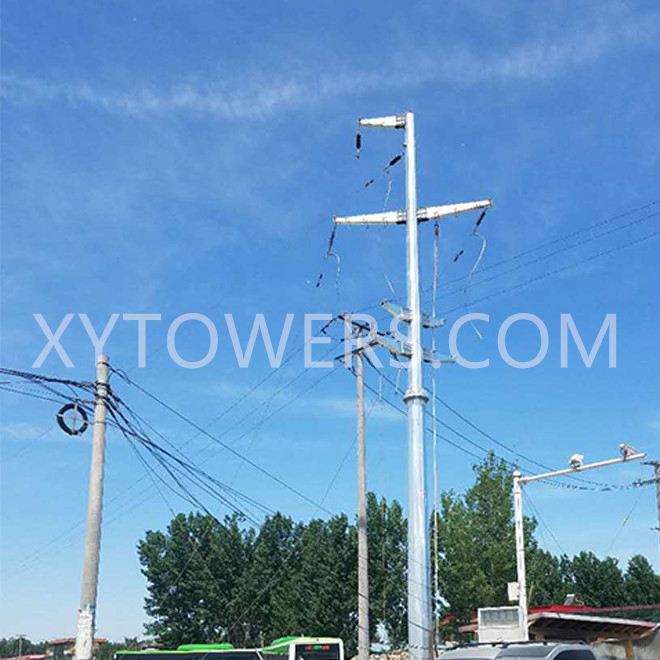Monopoles play a crucial role in the electrical industry, particularly in the transportation of electricity. These structures, also known as electric poles, metal poles, or utility poles, are essential components of the power grid, facilitating the efficient and safe distribution of electrical energy to homes, businesses, and industries. In this article, we will delve into the significance of monopoles in electrical systems and their role in ensuring the reliable delivery of power to consumers.
A monopole, in the context of electrical engineering, refers to a single, vertical pole that is used to support power lines and associated equipment. These structures are typically made of metal, with tubular designs being a common choice for their construction. Monopoles are a type of pylon, or power tower, and are widely used in electricity transport infrastructure due to their practical and space-efficient design.
One of the key functions of monopoles is to provide support for overhead power lines, which are essential for transmitting electricity over long distances. By elevating the power lines above the ground, monopoles help to minimize the risk of interference and damage from environmental factors such as vegetation, wildlife, and inclement weather. Additionally, monopoles are strategically positioned to ensure the proper tensioning and alignment of the power lines, thereby enhancing the overall reliability and safety of the electrical network.

In urban and suburban areas, monopoles are often installed to blend seamlessly into the surrounding environment while efficiently fulfilling their role in electricity transport. Their sleek and unobtrusive design makes them a preferred choice for densely populated areas where space is limited. Furthermore, the aesthetic appeal of monopoles can be enhanced through various finishes and coatings, allowing them to harmonize with the architectural and visual elements of their surroundings.
The deployment of monopoles in electrical systems is governed by stringent engineering standards and regulations to ensure their structural integrity and resilience. These standards encompass factors such as load-bearing capacity, wind resistance, corrosion protection, and electrical insulation to guarantee the long-term performance and safety of the monopoles in diverse environmental conditions.
From a sustainability perspective, monopoles contribute to the efficient utilization of land for electricity transport infrastructure. Unlike traditional lattice towers, which require a larger footprint and extensive ground clearance, monopoles offer a more compact and space-saving solution, making them well-suited for urban and suburban settings where land availability is limited.
In conclusion, monopoles play a pivotal role in the electrical industry, serving as essential components of the electricity transport infrastructure. Their versatile and efficient design, coupled with their ability to support power lines and associated equipment, makes them indispensable for ensuring the reliable and secure distribution of electrical power to consumers. As the demand for electricity continues to grow, the significance of monopoles in facilitating the efficient transmission of power across the grid cannot be overstated. By adhering to rigorous engineering standards and embracing innovative design approaches, monopoles will continue to be integral to the advancement of electrical systems and the seamless delivery of electricity to communities around the world.
Post time: Sep-06-2024





